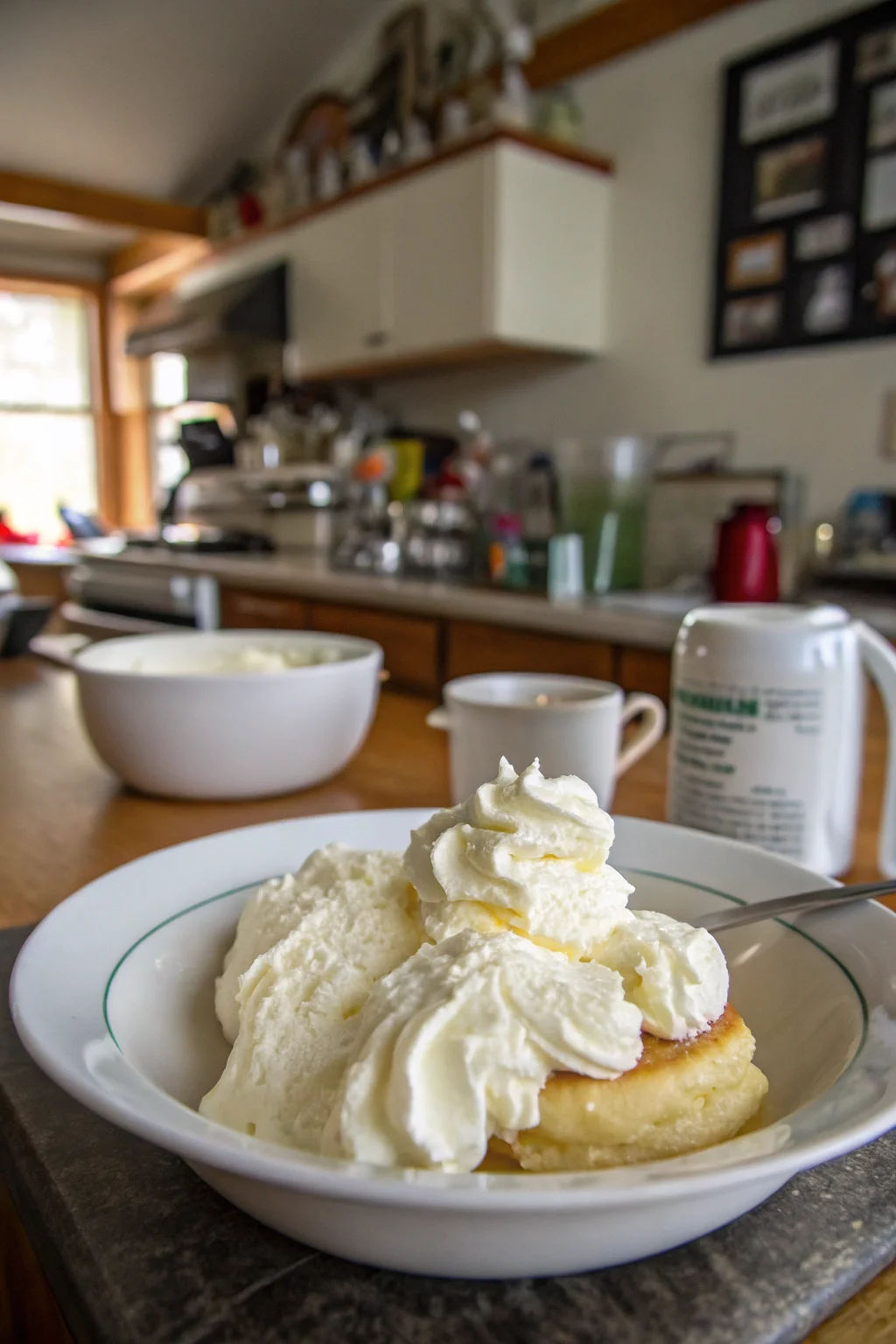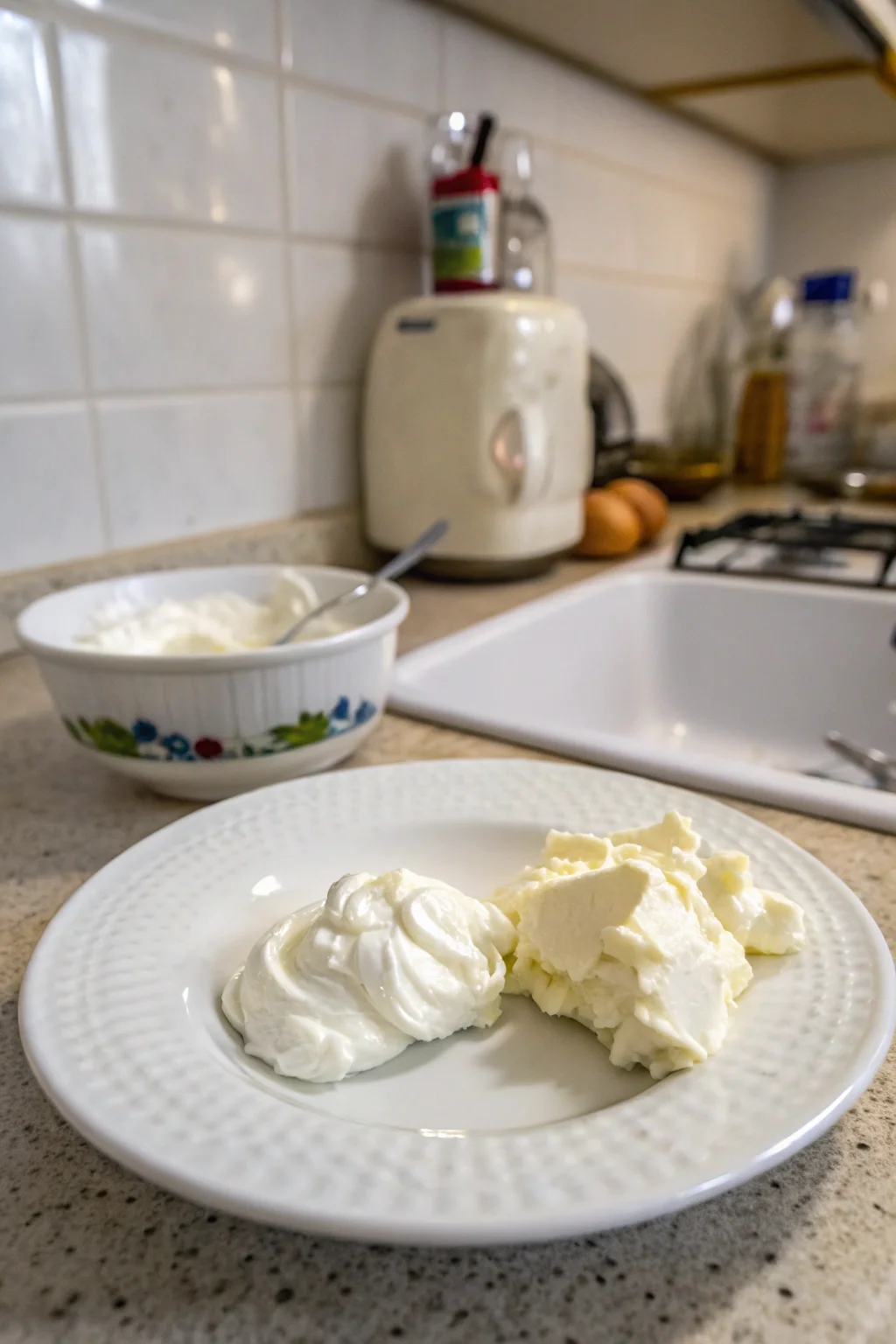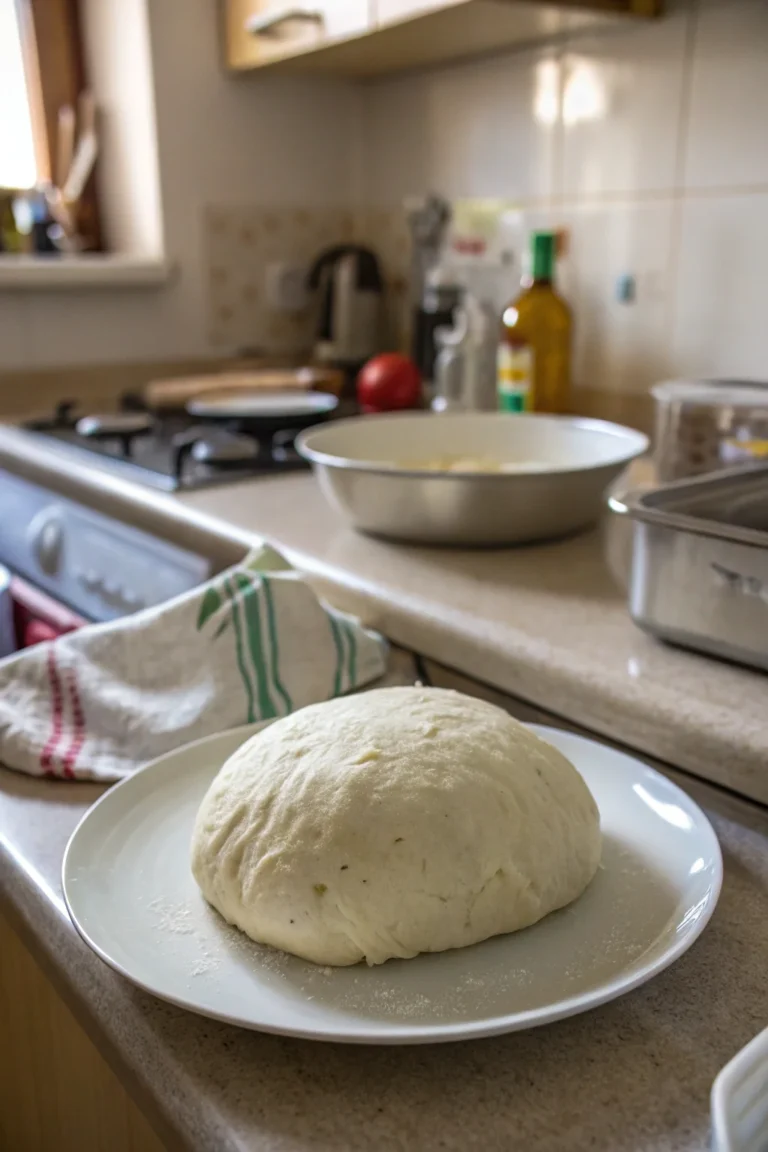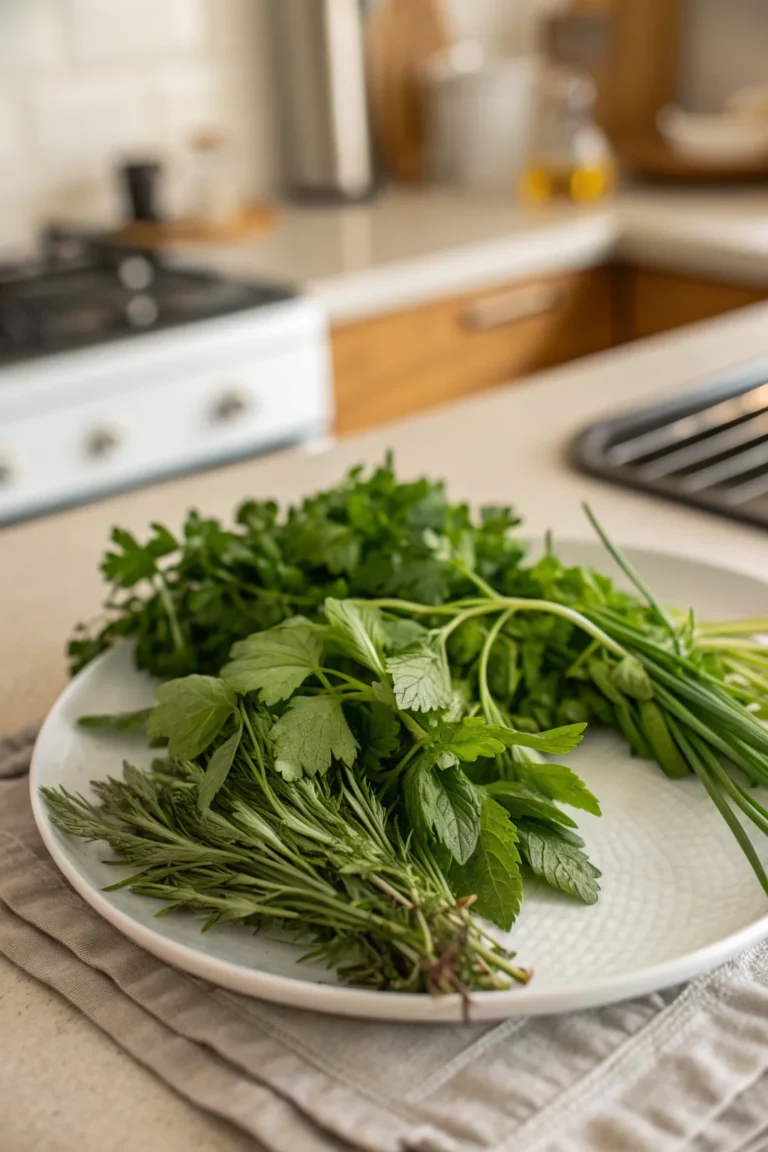What Is the Difference Between Heavy Cream and Whipping Cream?
When you’re in the dairy aisle, you may wonder, “What is the difference between heavy cream and whipping cream?” While they look similar and often sit side by side on the shelf, these two types of cream have distinct characteristics that make them unique. Understanding the differences can help you choose the right one for your recipes and culinary needs. Whether you’re a seasoned chef or a home cook, knowing when and how to use each type of cream can elevate your dishes to the next level.
Table of Contents
What Are Heavy Cream and Whipping Cream?

Heavy cream, also known as heavy whipping cream, is a dairy product with a high-fat content, typically around 36% or more. This high-fat content gives it a rich texture and makes it a versatile ingredient in both sweet and savory dishes. Whipping cream, on the other hand, contains slightly less fat, usually between 30% and 36%. This difference in fat content might seem small, but it significantly affects their culinary uses and how they behave in recipes. Heavy cream’s higher fat content not only contributes to a richer taste but also makes it more stable, especially when whipped.
How Does Fat Content Affect Their Uses?
The fat content is crucial in determining how each cream can be used:
Heavy Cream: With its higher fat content, heavy cream whips up well and holds its shape longer, making it ideal for decorative cake toppings, fillings, and adding richness to sauces. Its stability means it won’t deflate as quickly, maintaining its volume and texture over time. This makes it perfect for dishes that require a thick, creamy consistency, such as Alfredo sauce or creamy soups.
Whipping Cream: The lower fat content of whipping cream means it’s lighter and whips more easily but doesn’t hold its shape as long. It’s suitable for lighter toppings and desserts where a subtle creaminess is desired without overpowering the other flavors. It’s great for a quick whip to top off a dessert, like a fruit salad or a slice of pie, when the cream doesn’t need to last long.
For recipes requiring stable peaks, heavy cream is the better choice. It’s especially useful in professional kitchens where consistency and presentation matter. Learn more about heavy cream here.
Can You Substitute One for the Other?
Yes, you can substitute one for the other, but with some considerations:
For Whipping: Heavy cream is preferable for more stable whipped cream, while whipping cream might need stabilizers like gelatin or cornstarch to achieve a similar level of stability. If you find yourself with whipping cream but need the stability of heavy cream, adding a bit of melted gelatin can help maintain the whipped texture for a longer period.
In Cooking: Both can be used, but heavy cream will create a richer dish. It’s perfect for recipes like cream-based soups, where a luxurious texture is desired. However, if you’re aiming for a lighter dish, whipping cream can be used to cut down on the richness without sacrificing too much flavor.
Adjust other fats in your recipe to maintain balance if substituting. For example, if you substitute heavy cream for whipping cream in a sauce, you might want to reduce the amount of butter or oil to avoid an overly greasy dish.
Which Is Better for Whipping?
Heavy cream is generally better for whipping because it:
- Holds peaks longer: This makes it the preferred choice for desserts that need to sit out, such as a cake at a party.
- Creates a denser, richer whipped cream: This is ideal for when you want the cream to stand out as a feature of the dish, like in a trifle or as a topping for a rich chocolate mousse.
Whipping cream, although lighter, can still be used for quick, short-term toppings. It’s perfect for a last-minute dollop on a dessert that will be consumed immediately. It adds a touch of creaminess without overwhelming the dish.
Is There a Difference in Taste?

Both types of cream have a rich, creamy taste, but heavy cream is slightly more decadent due to its higher fat content. This makes it more suitable for recipes where a richer flavor is desired, such as in ganache, where the cream’s richness helps balance the sweetness of the chocolate, or in creamy soups, where it enhances the depth of flavor.
Whipping cream, being lighter, is often used when you want the cream to complement rather than dominate the dish. It’s ideal for lighter desserts like fruit tarts or pavlovas, where the flavors of the other ingredients should shine.
Can They Be Used Interchangeably in Baking?
In most baking recipes, you can use them interchangeably, but:
Heavy Cream: Adds more richness and moisture, which can be beneficial in recipes like pound cakes or brownies that benefit from a dense, moist crumb. When used in baking, heavy cream also contributes to the overall fat content, which can enhance the flavor and texture of the baked good.
Whipping Cream: Makes lighter, fluffier baked goods, which can be desirable in recipes like sponge cakes or light muffins. It helps achieve a delicate crumb structure, perfect for cakes that are meant to be airy and soft.
Experimenting with each can yield different textures and flavors. For instance, try using heavy cream in a recipe for scones to achieve a richer flavor, or opt for whipping cream in a chiffon cake for a lighter texture.
How Do They Compare in Nutritional Value?
Heavy cream has more calories and fat compared to whipping cream:
Heavy Cream: Higher in saturated fats and calories, which can be a concern for those watching their fat intake. It’s important to be mindful of portion sizes when using heavy cream regularly in your diet, as it can contribute to increased calorie consumption.
Whipping Cream: Lower in fat, slightly fewer calories, making it a slightly better option for those looking to reduce their fat intake while still enjoying a creamy texture. However, the difference is not substantial, so it’s important to balance its use with other dietary considerations.
Consider the nutritional impact based on your dietary needs. If you’re following a low-fat diet, you might opt for using whipping cream or even half-and-half in recipes that don’t require the full richness of heavy cream. Check nutritional details from the USDA.
Are They the Same as Half-and-Half?
No, half-and-half is a blend of milk and cream with about 10.5% to 18% fat content. It’s much lighter and cannot be whipped like heavy or whipping cream. For coffee or lighter recipes, half-and-half might be more suitable. It’s perfect for adding a touch of creaminess to soups or sauces without the full richness and calorie content of heavy or whipping cream.
Half-and-half is often used in coffee to provide a creamy texture without overpowering the coffee’s natural flavors. It can also be used in baking to add moisture without the heaviness of full cream.
How Are They Made?
Both creams are derived from milk but separated differently:
Heavy Cream: The fat is separated and increased to create a higher fat content. This process involves skimming the cream from the top of milk and further processing it to increase the fat percentage, resulting in a richer cream.
Whipping Cream: The separation process results in slightly less fat. It involves a similar skimming process but leaves a bit more milk mixed in, resulting in a lighter cream.
This process affects their cooking behavior and applications. The higher fat content in heavy cream makes it less prone to curdling when heated, making it ideal for sauces and soups.
What Are Some Popular Uses for Each?
Heavy Cream:
Rich sauces and soups: The high-fat content helps create a smooth, velvety texture that adds depth and richness to dishes like béchamel sauce or bisques.
Stable whipped cream: Ideal for desserts that need to hold their shape, like pavlovas or as a filling in layered cakes.
Ganache: The richness of heavy cream complements chocolate beautifully, creating a smooth, decadent ganache for truffles, fillings, or cake glazes.
Whipping Cream:
Light toppings: Perfect for a quick, airy topping on desserts like pies or ice cream sundaes.
Desserts needing less stability: Ideal for dishes where the cream will be consumed quickly, such as a fresh fruit salad.
Poured over fruits: Adds a touch of creaminess to fruits like strawberries or peaches without the heaviness of heavy cream.
Explore more cream-based recipes, where you can see how both types of cream can be used to enhance your culinary creations.
Can They Be Stored the Same Way?
Both creams should be stored in the refrigerator and used by the expiration date. Proper storage is crucial to maintaining their freshness and preventing spoilage. After opening, they typically last 5-7 days. Ensure the lid is tightly sealed to prevent souring and protect the cream from absorbing other odors from the fridge.
If you notice any off smell or changes in texture, it’s best to discard the cream to avoid foodborne illness. Always use a clean utensil when scooping cream to prevent introducing bacteria that can lead to spoilage.
Are There Dairy-Free Alternatives?
Yes, for those avoiding dairy, consider:
Coconut cream: A popular alternative that offers a rich, creamy texture similar to heavy cream. It’s ideal for vegan or dairy-free recipes, especially in desserts or curries where its subtle coconut flavor can enhance the dish.
Soy or almond cream alternatives: These options are plant-based and can be used in recipes where a lighter cream is suitable. They may have a slightly different flavor profile, so it’s important to consider this when substituting in traditional recipes.
These substitutes can mimic the texture but may alter the flavor. When using these alternatives, it’s a good idea to experiment to find the best fit for your recipe, especially in dishes where the cream is a central component.
Wrap-Up
Understanding the differences between heavy cream and whipping cream can enhance your cooking and baking. Both have their unique qualities and applications, and choosing the right one can significantly impact the outcome of your dish. Whether you’re whipping up a dessert or creating a rich sauce, knowing which cream to use will ensure the best results. For more culinary tips and insights, check out our guide to dairy products. Embrace the versatility of cream in your kitchen and enjoy the delicious possibilities it offers.






